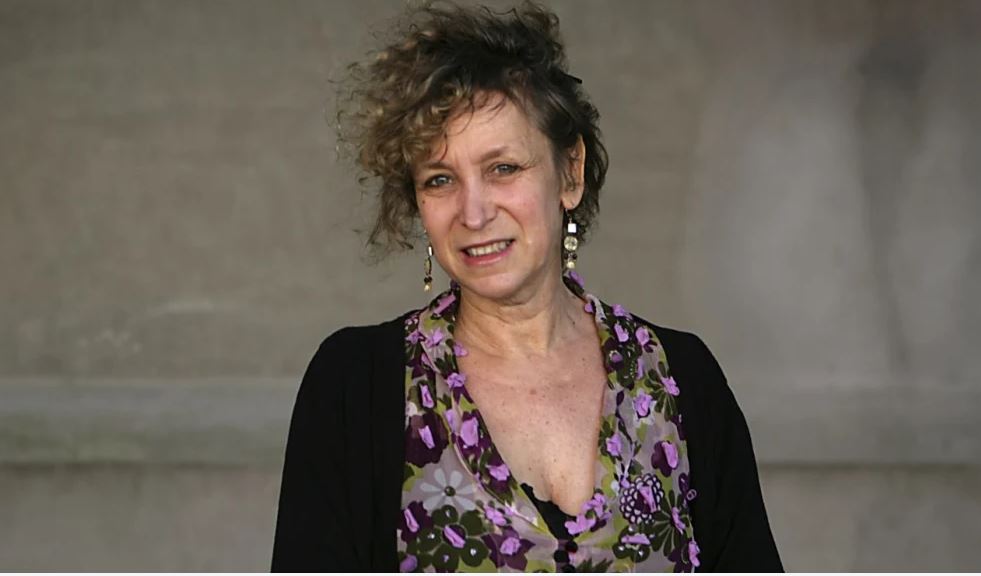I have, like many Jewish people, a dreadful fascination with the Holocaust and its cruelties because, I suppose, they were inflicted on people just like me, for no more rhyme or reason than that they were just like me. But even I, who had a father who was a refugee from Germany in the late ’30s, have recently been suffering some Holocaust fatigue. So Leah Kaminsky’s excellently researched novel, based on a true story and casting a new light on the full-blown madness of the Germans of that era, came as a jolt.
Illustrating (and so reiterating and reinforcing) the collective psychosis, it’s the outlandish story of Ernst Schafer, a “zoologist gone wrong”, as Kaminsky has described him. Seen from Schafer and his wife’s removed Aryan perspectives, the cruelties to Jews, noticed in passing, almost incidental, become even more cruel. The racial cruelties, as cruelties often do, go hand-in-hand with those perpetrated on animals and Kaminsky’s contemporary sensibility around sustainability also hauls the past painfully into the present.
At the behest of Heinrich Himmler, Ernst is sent to Tibet as Untersturmfuhrer (the book is full of words that send a chill down the spine), leader of a group of SS scientists in search of the origins of the Aryan race, the herrenvolk, looking also for more lebensraum. Schafer is tasked with bringing back evidence to prove that “our pure German blood comes from an ancient warrior super-race born in the foothills of the Tibetan Himalayas” and Himmler says the imperative is “to reclaim the territory that has been ours from time immemorial”. Having spent time in Tibet, thrilled by hunting since childhood and obsessed with preserving rare Tibetan birds as specimens, Schafer is the perfect man for the job.
Read the review by Anne Susskind in The Sydney Morning Herald.

